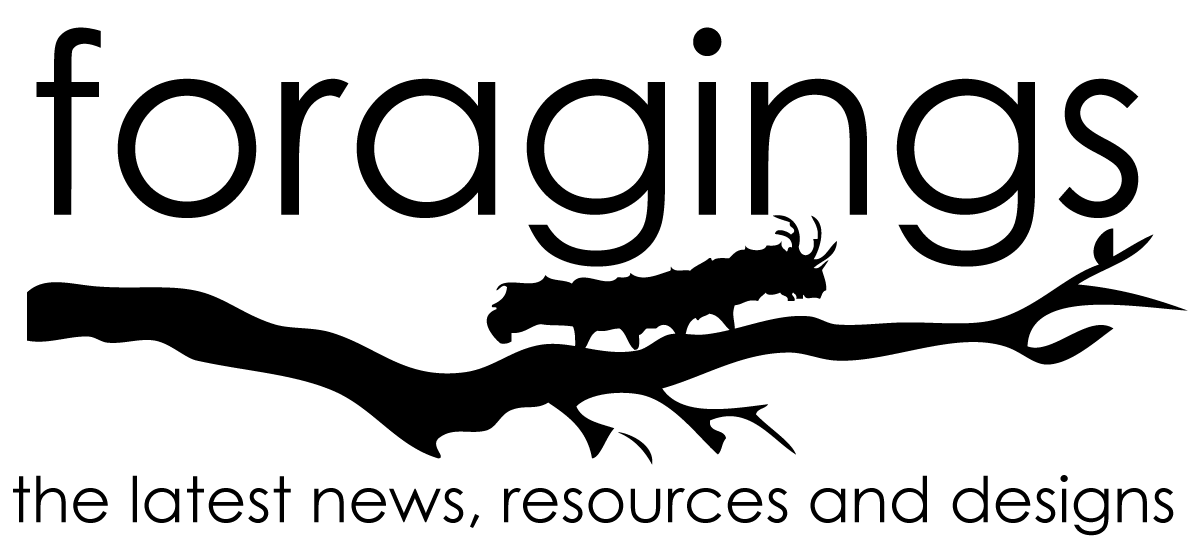News
- Vacant lots: Urban decay or place to play?:: This article about vacant lots in Cleveland and how they are never really vacant due to the amount of plants and wildlife that inhabit them.
- Vaux’s Swifts and Ghetto Birds:: The Vaux’s Swifts continue to migrate down the west coast and are now creating a spectacle for visitors to downtown Los Angeles.
- San Francisco considers bird-friendly building codes:: San Francisco is looking into creating building codes aimed at making buildings bird-friendly, but unfortunately the city has not conducted any studies like other cities have to document the problem first.
- Making New York’s Glass Buildings Safer for Birds:: Another article on birds and buildings, this time from the New York Times looking at the larger picture of the impact of glass on bird migration populations and what cities in North America are doing.
- How green are green roofs?:: This interesting article discusses how green roofs are not replicas of habitat on the ground, but unique habitats which need to be studied for their best impact for habitat.
- Seal pups coming ashore – look, but don’t touch:: It’s the season for seal pups to show up on beaches as they rest and wait for their mothers, some of those beaches happen to be in urban areas like Seattle.
- Churchyard havens for wildlife:: This brilliant idea from the Dorset Wildlife Trust in the U.K. honors local communities for managing their local churchyards for wildlife habitat with a ‘Living Churchyard’ program.
- Canals are a haven for reed warblers:: Despite a reduction in the population of reed warblers in the U.K., numbers are on the rise by 48% in man-made canals and rivers thanks to improved water quality and more reed bed habitat.
- Coastal structures design could help plants and animals:: Researchers have been studying existing coastal structures to discover what elements can help increase biodiversity on man-made structures.
- ‘Batty’ plan to counter bad reputation:: A bad reputation of bats in Brisbane has led one person to organize a bat cruise along the river to educate people about bats and hopefully give them a better appreciation.
Resources
- Burrowing Owls: Closer than You Think:: This article from the San Diego Zoo features the Burrowing Owl, a bird that can be commonly found in suburban fields, golf courses and airports nesting in borrows on the ground.
- This weekend…give ladybirds a home of their own:: Creating a lady beetle house can provide somewhere for insects to find shelter and possibly keep them out of your house. This article has links to resources for building your own houses.
- Grasshopper hunter:: Another fascinating post from the Urban Wildlife Guide, this one profiles the Prionyx wasp which catches grasshoppers, buries them underground and then lays an egg on top of it.
- Helping Designers Navigate Science:: This interesting post from the Bouncing Ideas blog discusses how to read scientific papers, harvest concepts from the research phase and finally develop a research system.
- Milkweed World:: Milkweed is beneficial to far more than just Monarch butterflies as the Urban Wildlife Guide illustrates in this post.
Design
- Gardens: water gardens:: An informative article about water gardens from The Guardian and how they’re great for water issues, wildlife habitat or lazy gardeners. The article features the fantastic New Wild Garden from the recent Chelsea Garden Show as an example.
- Biodiversity: the new challenge for architecture:: This fantastic article discusses the possibilities of integrating habitat into architecture and how some new European regulations and initiatives could influence this.
- Building for biodiversity:: Another fantastic article about buildings and habitat which looks at the history of certain species dependency on human made structures and how we can move forward in integrating wildlife with buildings.
- Brooklyn Bridge Bastions:: An entry from Urban Design Week in New York, this design integrates outdoor rock climbing with urban ecological habitat and nesting sites.
- Animal Estates London HQ:: Fritz Haeg is bringing his Animal Estates project to London this month; “This temporary headquarters will provide a place for activists, architects, artists, city-dwellers, designers, engineers, homeowners, and planners to research, discuss, plan, develop, and present initiatives to accommodate native London ‘animal clients’.”
- Olympic Park gardens and meadows in bloom:: The riverside garden in Olympic Park contains over 60,000 plants and have been arranged into the different regions of the world. “The meadows have been designed to be nectar and pollen rich, diverse and with a long flowering season to encourage a range of bees, butterflies, birds, moths and other insects. Specific plants and flower species have been selected to encourage particular wildlife.”
- Reimagine Urban Spaces:: A roundup of interesting project ideas reinventing underused or abandoned spaces such as rail lines, highway underpasses, urban rivers and extra wide paved areas.



